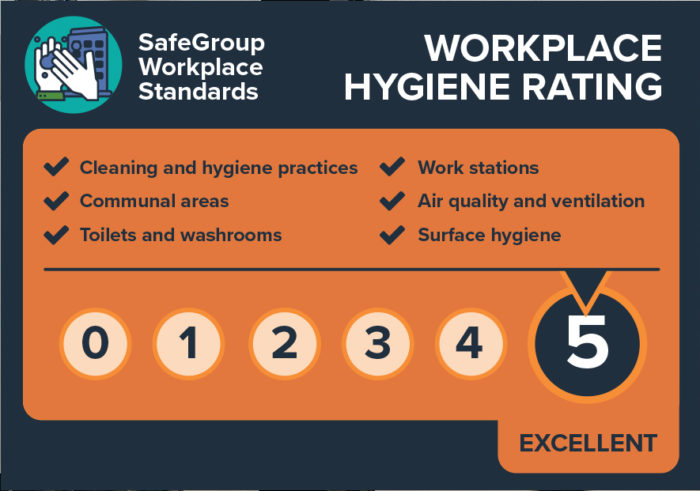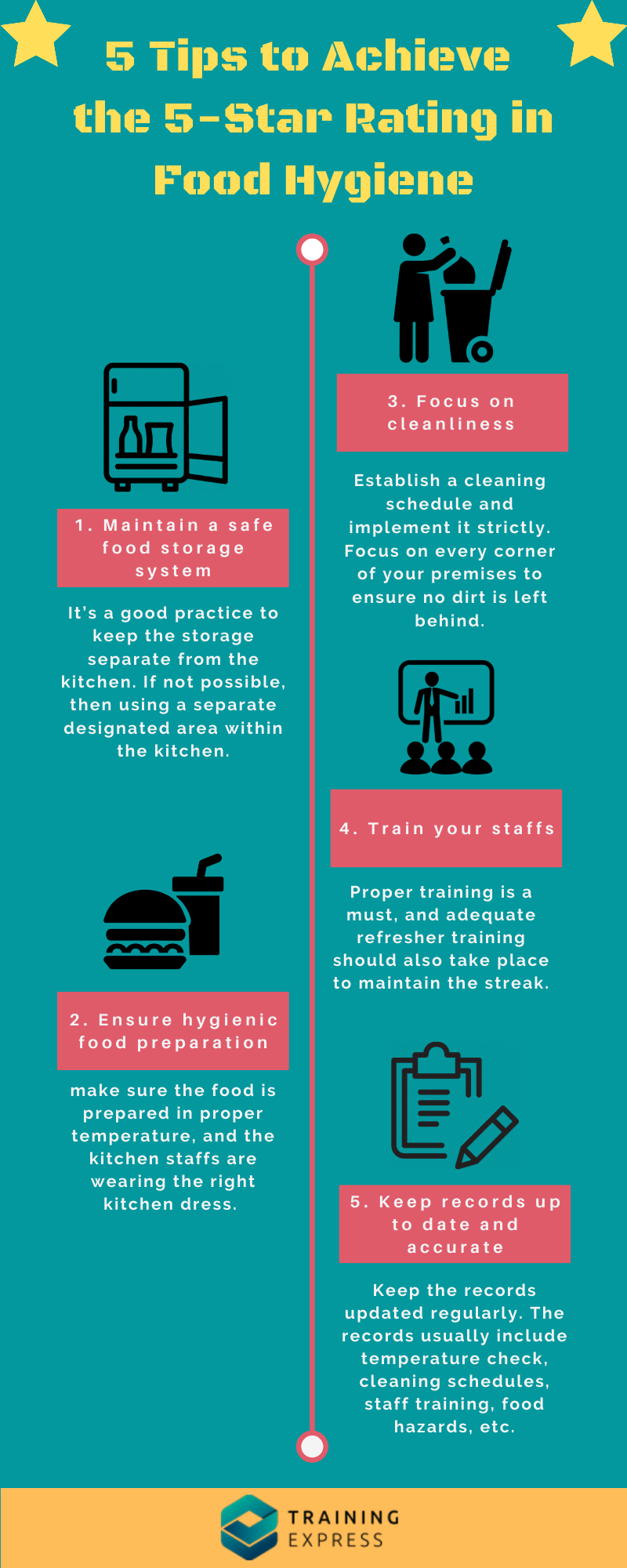Understanding Place Cleanliness Ratings: Why They Matter for Your Experience
Cleanliness plays a crucial role in determining the overall experience at any place, whether it’s a restaurant, hotel, or office. We all appreciate a space that feels fresh, hygienic, and well-maintained. In recent years, cleanliness ratings have become a key factor for consumers when choosing where to eat, stay, or visit. In this article, we will delve into why place cleanliness ratings are so important and how they impact your choices.

What Are Place Cleanliness Ratings?
Place cleanliness ratings are assessments that reflect the level of cleanliness maintained in various public spaces, including restaurants, hotels, offices, and even tourist destinations. These ratings are often given by third-party organizations, customers, or health authorities based on various factors such as sanitation, hygiene practices, and the appearance of the environment.
Cleanliness ratings are typically represented in a star or numerical format, where higher ratings reflect better cleanliness standards. Some systems may also include visual symbols, like hygiene rating labels, that are easily recognized by consumers. For example, some food establishments display a rating based on their hygiene inspections, helping customers make informed decisions.
Why Are Cleanliness Ratings Important?
In today’s world, cleanliness is more important than ever. With the rise of health-conscious consumers and the ongoing global focus on hygiene, cleanliness ratings serve as a vital tool for both businesses and customers.
Benefits of Cleanliness Ratings for Consumers:
-
Health and Safety: Higher cleanliness ratings often mean better sanitation and less risk of contamination, ensuring a safer environment for all.
-
Trust and Confidence: When you see a good cleanliness rating, you’re more likely to trust the establishment and feel comfortable in that space.
-
Quality Assurance: Cleanliness is often a reflection of the overall quality of service and attention to detail that a business offers.
Benefits for Businesses:
-
Customer Satisfaction: Establishments with higher cleanliness ratings are likely to attract more customers who value hygiene.
-
Competitive Edge: Cleanliness ratings can differentiate your business from competitors, especially in industries where sanitation is crucial, such as food service and hospitality.
-
Regulatory Compliance: High cleanliness ratings ensure businesses adhere to health regulations, avoiding fines and potential closures.
How Are Cleanliness Ratings Determined?
Different organizations and regulatory bodies have their own methods for determining cleanliness ratings. However, most cleanliness assessments are based on a combination of visual inspections and health regulations that are designed to promote hygiene and safety.
Common Factors Considered in Cleanliness Ratings:
-
Surface Cleanliness: This includes the appearance of floors, countertops, and tables, ensuring no dirt, stains, or debris are visible.
-
Sanitation Practices: How often areas are disinfected, including restrooms, kitchen areas, and high-touch surfaces.
-
Waste Management: Proper disposal and management of waste contribute significantly to maintaining cleanliness.
-
Air Quality: The presence of unpleasant odors or insufficient ventilation can negatively affect a place’s cleanliness rating.
-
Employee Hygiene: Staff wearing appropriate uniforms and following hygiene protocols play a role in how cleanliness is perceived.
Some systems, like the FOODSAFE rating in restaurants, use an inspection checklist to evaluate each area. The results are then presented in a star or numerical format, often prominently displayed for the public to see.

Cleanliness Ratings in Different Industries
Cleanliness ratings vary depending on the type of establishment. However, across industries, cleanliness is a key factor in attracting customers and maintaining public trust. Below are some industries where cleanliness ratings are particularly critical.
1. Restaurants and Cafes
In the foodservice industry, cleanliness directly impacts food safety and customer health. Health inspectors regularly evaluate restaurants based on cleanliness, often posting hygiene ratings in visible areas like the front door or windows. A high rating can be a major selling point, while a low rating can drive customers away.
2. Hotels and Lodging
Guests expect cleanliness when booking a room, whether they are staying for one night or a week. Cleanliness ratings for hotels take into account the overall appearance of rooms, restrooms, and public spaces. A clean environment not only ensures health safety but also enhances the guest experience, contributing to positive reviews and repeat business.
3. Offices and Workplaces
Workplace cleanliness affects employee health and productivity. Companies with high cleanliness ratings are seen as more professional and caring about their employees’ well-being. A clean and sanitized office is essential for maintaining a positive working environment, especially in industries with high foot traffic or where employees spend long hours.
4. Tourist Attractions
At tourist sites, cleanliness ratings can influence whether visitors stay longer or leave quickly. Attractions with poor cleanliness often receive bad reviews and can deter future tourists. Clean, well-maintained public spaces create a more enjoyable and memorable experience for visitors, boosting the reputation of the site.
How to Improve Cleanliness Ratings
For businesses looking to improve their cleanliness ratings, there are several strategies that can be implemented. Regular cleaning schedules, employee training on hygiene standards, and the use of effective cleaning products all contribute to maintaining a clean and healthy environment.
Tips for Improving Cleanliness Ratings:
-
Regular Cleaning Schedules: Establish a daily cleaning routine to ensure surfaces are wiped down and restrooms are sanitized throughout the day.
-
Use Proper Cleaning Products: Invest in high-quality cleaning agents that kill bacteria and viruses, especially in high-touch areas.
-
Employee Training: Provide hygiene training for staff to ensure everyone is aware of and follows cleanliness protocols.
-
Customer Feedback: Encourage customers to leave feedback about cleanliness. This can help identify areas that need attention and improve your rating over time.
Key Areas to Focus On:
-
Restrooms: Ensure restrooms are cleaned frequently and stocked with necessary supplies like soap and paper towels.
-
High-Touch Surfaces: Disinfect commonly touched areas like doorknobs, handles, and elevator buttons.
-
Kitchen and Dining Areas: In food establishments, maintaining cleanliness in the kitchen is vital to food safety.
Cleanliness Ratings and Sustainability
As sustainability becomes increasingly important, businesses are also taking steps to ensure that their cleanliness practices align with eco-friendly principles. This includes using green cleaning products, reducing waste, and implementing energy-efficient systems. For businesses that prioritize sustainability, showcasing their commitment to both cleanliness and environmental responsibility can be a powerful marketing tool.
Sustainable Cleaning Practices:
-
Eco-Friendly Cleaning Products: Use biodegradable and non-toxic cleaners that are safe for the environment and human health.
-
Waste Reduction: Adopt recycling programs and reduce single-use plastics wherever possible.
-
Water Conservation: Implement water-saving strategies, especially in industries like hospitality, where water usage can be high.
FAQs About Cleanliness Ratings
1. What do cleanliness ratings mean?
Cleanliness ratings represent an establishment’s level of cleanliness, based on inspections or customer feedback. Higher ratings indicate better hygiene and sanitation practices.
2. Where can I find cleanliness ratings?
Many establishments display their cleanliness ratings publicly, either on their website or in-store. In foodservice, ratings are often visible on windows or doors. Health inspection reports may also be available online.
3. How often are cleanliness ratings updated?
Cleanliness ratings are updated regularly, especially after inspections. In some industries, businesses are inspected multiple times per year, while in others, ratings may be updated after significant improvements or changes.
4. How can I improve a low cleanliness rating?
To improve a low cleanliness rating, focus on regular cleaning, proper sanitation practices, and addressing customer feedback. Invest in employee training and cleaning supplies, and ensure high-traffic areas are consistently maintained.
Conclusion
Cleanliness is a vital component of customer satisfaction and health safety. Whether you’re a business owner or a customer, understanding and valuing cleanliness ratings can enhance your experience. For businesses, maintaining high cleanliness ratings not only boosts customer confidence but also contributes to the overall success and reputation of the establishment. Embrace cleanliness, and make it an integral part of your daily operations.

By paying attention to cleanliness and prioritizing hygiene, you ensure that your environment remains safe, welcoming, and professional for all.
